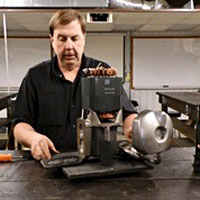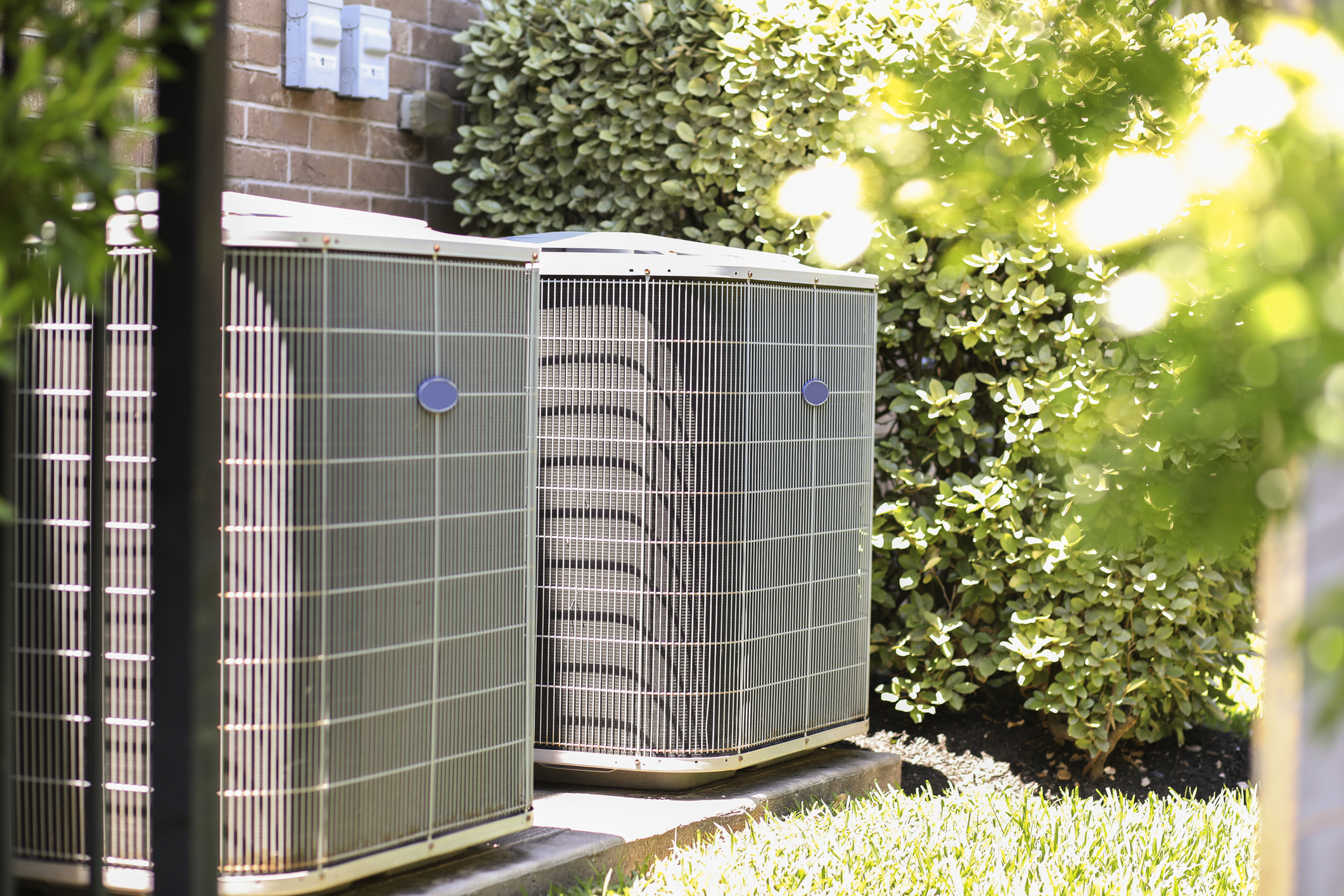
News
Beer Can Cold (It’s Time to Retire You Already)
By Chris Walters
If you are doing A/C repair and you hear someone referring to “beer can cold” you should run the other way. Beer can cold is an old term that describes a 40-year-old charging technique. It wasn’t proper then and its completely unusable now. Unbelievably some companies still use this technique today.

You should know that air conditioning has evolved a lot over the past 40 years. Remember that in the 1950s homes were just starting to get a/c and it was in the form of one window unit per home maybe two at the most. Central air conditioning didn’t really outpace window units until the 1970s so you can see this trade is not old. The 1970s and 1980s central a/c units were overbuilt and made to be hardy not efficient. This toughness allowed for some flexibility in the charging of refrigerant since a pound over or under was not a significant issue. Compressors were oversized, coils had a lot of extra space and fan motors were higher in horsepower. The term beer can cold was used to determine when a system was sufficiently charged with refrigerant and the term was also a diagnostic term used to convey proper operation. A technician would simply grab the suction line near the condenser and feel the temperature with his hand. If he determined it was beer can cold he considered it correctly charged. If the line was not beer can cold he added refrigerant but no line was ever determined to be too cold so no refrigerant was ever removed. Can you see how wrong this was then but also easy for just about anyone to use? Charging charts did exist but were almost never consulted as the main determination was made by feel. I am sure that every person out there has a different perception of beer can cold and none would be the same. If you grab a 50-degree suction line when it 100 degrees outside its going to feel colder than a suction line grabbed while its 60 degrees outside. Also, if there is a lot of moisture in the air the suction line will be wet and this wet line will feel colder than a dry line at the same temperature. What temperature is beer can cold anyway, if you bring a beer out of an ice chest this beer is going to be 32 degrees, but one taken from the refrigerator might be 35-38 degrees.
Today’s air conditioning units are built to be just big enough, coils are not oversized, compressors are barely large enough and all of this makes the efficiency rating number higher but also means the charge of refrigerant has to be within 2 ounces of the correct amount. Manufacturers of A/C equipment have really made charging their units very easy and they ask us to charge by superheat or subcooling based on the metering device type. Beer can cold charging methods will not work. A/C units that have thermostatic expansion valves are charged by the subcooling method and units that have fixed orifice metering devices are charged by the superheat method. Instead of guessing with our hands for some arbitrary temperature we instead take accurate measurements of the copper line and compare that to the PT chart temperature related to that lines pressure. The difference between these two is superheat if measuring the suction line and subcooling if measuring the liquid line. This is a very simple and extremely accurate method of factory approved charging that we should all use. Its time put “beer can cold” back where it belongs – in your hands after a hard day’s work when you are relaxing at home in your hammock.
About the Author
Chris has been in the HVAC industry for 40 years. During that time he has owned his own commercial A/C business for 22 years and just recently closed to focus 100% on training. Chris started The Training Center of Air Conditioning & Heating after years of being frustrated by the lack of qualified technicians. Once the training school was approved he realized he could better serve the industry by choosing it full-time. Chris spent several years as a subject matter expert for the State of Texas working on the exam committee for the certified tech, class A and B exams. Chris has developed several types of HVAC courses including video and printed materials.














